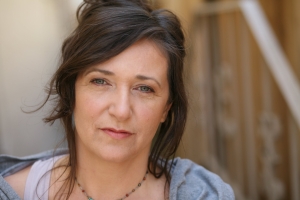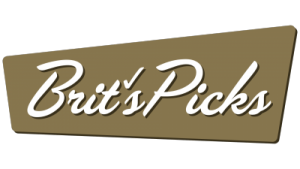Listen to Dis’ building accessibility one gab at a time
“If we’re not building a world that belongs to all, then we’re not building a better world at all.”
Artist Traci Foster has always had a very clear mission to amplify the voices of disabled people through performance. It’s the driving force behind Listen to Dis’, a community arts organization that Foster founded a decade ago.

Listen to Dis’ founder Traci Foster is leading the charge to create a set of guidelines for accessible art and performance experiences. (Facebook)
“I’m a disabled artist and through my formative years as an emerging artist I was told not to talk about my physical disabilities or mental health. I ended up working in accessible environments outside Saskatchewan and learned some really big things,” she says. “When I came back to the province, I didn’t have a place to belong. There was nothing in Saskatchewan.”
Listen to Dis’ has worked over the years to change that. The organization serves people of all ages and disabilities by creating opportunities for artistic expression and performance. It’s those performances, in various venues throughout Saskatchewan that led the team to its current project.
“We’re swamped with curiosities from people. They want to know how to create access and what it means to be accessible.”
“As a disability-led arts organization, we’ve found individually and as a collective that Saskatchewan could use some help,” says Foster. “Access is more of a trend right now. We’re swamped with curiosities from people. They want to know how to create access and what it means to be accessible. We need to create guidelines, actionable ideas of how to make these changes in arts and cultural centres.”
Foster and her team are criss-crossing the province to places like Pinehouse Lake, Saskatoon, Swift Current, La Ronge and Moose Jaw to meet with artists, arts, culture and disability organizations and anyone who’s experienced barriers to participate in the arts. These gatherings, Pajama Party Politics: Gathering to Gab, start with a performance from Listen to Dis’ artists and it’s followed by an open discussion about the needs of artists and their audience in each community. The result of all these discussions, Foster says, will be a set of guidelines document that will help orient people towards accessibility in the arts.
“This is a chance to start to get to know the community and start amplifying the voices of artists who live with disability, to put their voices forward,” says Foster. “What we’re creating is the possibility of a better future for artists and for the audience.”

